|
Click pictures for a larger version.
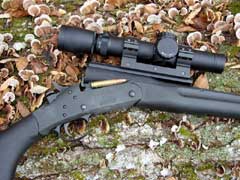
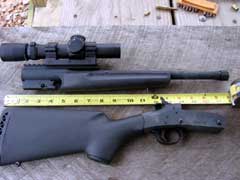
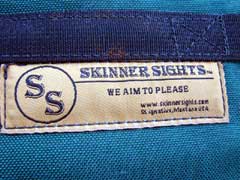
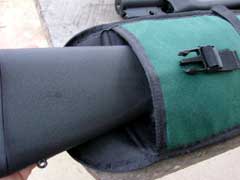
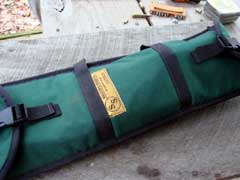
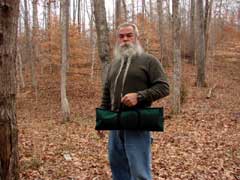
Taken down, the AAC rifle fits handily into a Skinner
carry case.
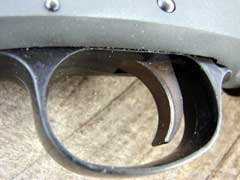
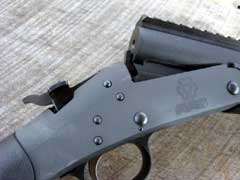
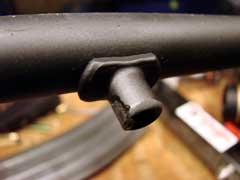
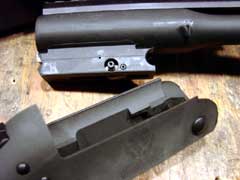
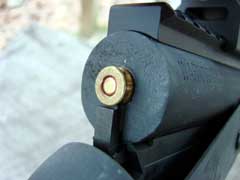
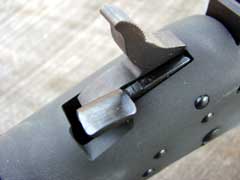
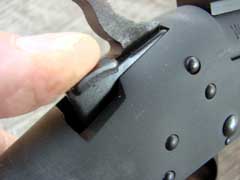
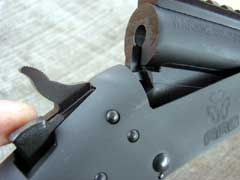
Latch easily opens action for loading.
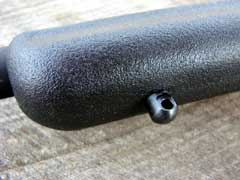
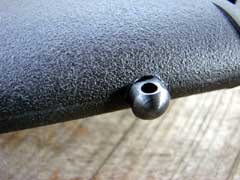
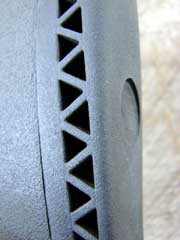
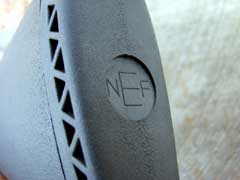
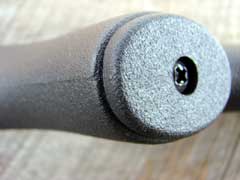
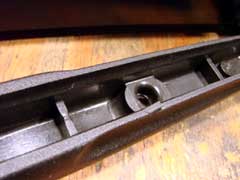
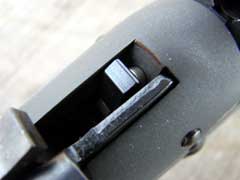
Transfer bar safety.
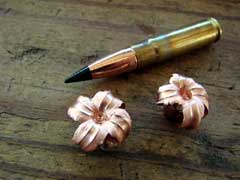
Barnes TAC-TX ammunition exhibited perfect
performance when fired into ballistic gelatin.
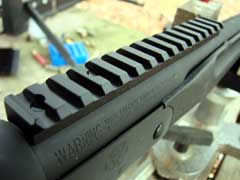
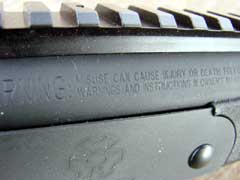
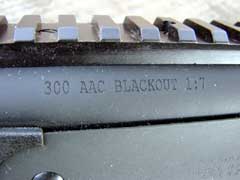
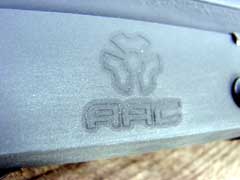
|
|
Over the past few months, I have reviewed two
AR-15 rifles that are chambered for the 300 AAC Blackout/300
Whisper cartridges. These two cartridges are pretty close to the
same thing, and I have explained the differences in those
previous reviews, so I wonít plow that same ground here again
(see the earlier reviews HERE and HERE).
Just to hit the high spots, the 300 Blackout is a very efficient
cartridge, designed for subsonic use in short-barreled rifles
and sub-machineguns. It turns out that it is also a fine
cartridge for use in AR-15 carbines, pretty much on par with the
performance of the 7.62x39 and 30 WCF
cartridges, in a carbine that can use standard 5.56x45mm
magazines and bolts. While I really like those two AR-15 rifles,
for my use, the 300 Blackout is really at home in the new AAC
single-shot, which is the subject of this review.
The little AAC is built by the H&R (New
England Firearms) division of the Freedom Group for Advanced
Armament Corporation. The handy carbine wears a blued steel
sixteen and three-eighths inch barrel that has a
one-in-seven-inch twist, and weighs in at just under five
pounds. The overall length measures only twenty-nine and
three-eighths inches, and the length of pull is a short twelve
inches. This little jewel handles so quickly and easily, it
comes to the shoulder instantly when needed. The short length of
pull makes the carbine handy to use when wearing heavy clothing
or body armor, and with its very light recoil, the short length
presents no problems at all. The stock is made of a black
synthetic which matches the matte blued-steel action and barrel
very well.
Many shooters frown upon the idea of using a
single shot rifle, but for a hunting gun, I find that it is no
disadvantage at all. In all my years of hunting, I have only
once shot an animal that needed more than one shot to put it
down, and even then, the first shot destroyed both lungs. Also,
a single shot rifle can get off subsequent shots faster than
most folks believe, with an experienced shooter operating the
weapon. Another advantage of the single shot is that it does not
leave a cartridge case behind on the ground, and in some
situations, leaving a case behind is not a good idea. The AAC
single shot only extracts upon opening, and does not throw the
case clear of the action, but lifts it enough so that it can
easily be plucked from the chamber. The exposed hammer has a
transfer bar between it and the firing pin, to prevent discharge
if the weapon is dropped.
All accuracy and velocity testing was done at
an elevation of 541 feet above sea level, with temperatures in
the 40 degree Fahrenheit range, with a light breeze and a
relative humidity of eighty percent. All accuracy testing was
done firing from a solid bench using a Target
Shooting, Inc. Model 1000 rifle rest. For accuracy testing,
I used a Leupold Mark 4 8.5 to 25 power scope set to the highest
magnification. The scope was attached using an ArmaLite
one-piece base. All ammunition was tested for accuracy at one
hundred yards. Velocities are listed in the chart below.
Velocities are listed in feet-per-second (fps). Bullet weights
are listed in grains. GC is a hard-cast lead bullet with a gas
check on the base.
| SUBSONIC AMMUNITION |
Bullet Weight |
Velocity w/
Suppressor |
Velocity w/o
Suppressor |
| Lehigh Defense
Controlled Fracturing |
170 |
1246 |
1232 |
| Lehigh Defense
Controlled Fracturing |
186 |
1039 |
995 |
| Lehigh Defense Maximum
Expansion |
200 |
1071 |
1069 |
| Remington OTM |
220 |
1066 |
1071 |
| Handload Mt.
Baldy Cast GC |
150 |
1050 |
1028 |
| |
|
|
|
| SUPERSONIC AMMUNITION |
Bullet Weight |
Velocity w/
Suppressor |
Velocity w/o
Suppressor |
| Lehigh Defense
Controlled Fracturing |
140 |
2095 |
2061 |
| Atlanta Arms Pink Tip |
125 |
2312 |
2292 |
| Remington OTM |
125 |
2273 |
2214 |
| Barnes TAC-TX |
110 |
2457 |
2350 |
Accuracy was very good with every type of
ammunition tested, and I could discern no measurable accuracy
differences with or without the suppressor attached. Typical
groups are pictured. In my two previous reviews of the 300
Blackout/300 Whisper, I was firing AR-15 semi-automatic rifles,
and doing so limited me to the types of powders that I could use
in my handloads. In those rifles, the powder had to make enough
gas volume to operate the action. With this single shot rifle, I
had no such limitations, so I was able to do some experimenting
with Trail Boss powder and cast
lead bullets. As expected, that combination resulted in a fine
cast-bullet handload, that is subsonic, and using light charges
of that fast powder, having a very quiet sound signature, even
without using the suppressor. My goal was to send a cast lead
bullet to around 1050 feet-per-second (fps) at ten feet from the
muzzle, and after a bit of load development, I settled upon a
load using the Remington cases, Remington number 7 Ĺ benchrest
primers, and a powder charge of 5.5 grains of IMR Trail Boss
powder. Trail Boss is bulky, and 5.5 grains filled the cases
perfectly up to the shoulder, and resulted in an average of 1048
fps at ten feet, using a Mt. Baldy
.309 inch diameter cast lead gas-checked bullet. Perfect. From
the muzzle of the suppressed AAC rifle, there is very little
noise; about as much as produced by an air rifle. Even
unsuppressed, the recoil is very mild, and the noise is minimal.
With such a small powder charge, there is very little gas
volume, resulting in minimal muzzle blast. This load has enough
power to take small or medium game, or troublesome predators,
and it closely follows the flight path of the 220 grain subsonic
factory load out to around one hundred and fifty yards. All
ammunition fired functioned perfectly. Every fired cartridge
case extracted easily.
While on the subject of the bulletís flight
path, I finally got to try the excellent Leupold Mark 4 MR/T 1.5
to 5 power scope with the 300 Blackout reticle. This scope has a
reticle that is calibrated for holdover for both the subsonic
and supersonic bullet flight paths. It also has an illuminated
semi-circle aiming point in the center, with a rheostat
illumination dial for various brightness settings. It is the
ideal scope for any 300 Blackout or 300 Whisper rifle, being
useful from distances of a few feet out to several hundred
yards. I had briefly fired a rifle that had one of these scopes
installed last year, but did not have that scope here for the
testing of the two previous 300 Blackout rifles. The scope is
very handy in size, and adds little bulk or weight to the AAC
single-shot rifle. It also can stay in place when the rifle is
taken apart and stored into a backpack or carry case. Shown here
is a handy little case from Skinner
sights that is made for the Ruger
10/22 Takedown rifle, but the AAC single-shot fits
perfectly, even with the scope attached, and the suppressor fits
inside as well. The case only measures about nineteen inches in
length, and the two halves are separated within the case, to
prevent scratching.
I covered most of the available factory
ammunition in my two previous reviews, and refer you there for
information on those, but I have really been impressed by a
factory load that was not available to me when those earlier
reviews were written. Barnes is now loading their 110 grain TAC-TX
bullet that I hand-loaded in the previous reviews into factory
ammunition. In South Carolina back in September, we had the
opportunity to fire that load into ballistic gelatin to measure
expansion and penetration of that bullet. Those bullets
performed perfectly every time. Shot after shot, every bullet
expanded perfectly, with almost two feet of penetration. This
Barnes load would be my choice for a supersonic 300 Blackout
factory load to use on deer and hogs.
I donít really know why exactly, but I like
this little single-shot AAC 300 Blackout more than I do either
of the AR-15s that I have in 300. This little jewel is just so
compact and efficient! It stows almost anywhere, whether in the
case or assembled. The sound suppressor adds several ounces and
some length, so I will likely use the weapon without the device
attached most of the time. However, when I have to make a shot
and do so discreetly, screwing on the suppressor takes only a
few seconds, and with the suppressor attached, the overall
length is still under thirty-eight inches. For those with an AAC
suppressor, AAC offers this little rifle with their muzzle
brake/flash hider that has a quick-attach for the AAC can. Mine
came with just the thread protector for the 5/8x24 TPI threaded
muzzle. While the 300 Blackout is an ideal cartridge for an SBR
(short-barreled rifle) or a sixteen inch AR, this little
single-shot rifle is the one that stole my heart. Since the
first one I fired at the Freedom Group Writerís Seminar months
ago, I have had an itch for one of these, and I am now finally
able to scratch that itch.
For more information on the 300 Blackout
cartridge, go to www.300aacblackout.com.
For the location of an Advanced Armament
dealer near you, go to www.advanced-armament.com.
For high performance subsonic and supersonic
300 Blackout ammunition, go to www.lehighdefense.com,
www.remington.com,
www.barnesbullets.com,
and www.atlantaarmsandammo.com.
For details on the Leupold Mark 4 MR/T 300
Blackout riflescope and other quality optics, got to www.leupold.com.
To order the compact carry
case, go to www.skinnersights.com.
Jeff Quinn
NOTE: All load data posted on this
web site are for educational purposes only. Neither the author nor
GunBlast.com assume any responsibility for the use or misuse of this data.
The data indicated were arrived at using specialized equipment under
conditions not necessarily comparable to those encountered by the
potential user of this data. Always use data from respected loading
manuals and begin working up loads at least 10% below the loads indicated
in the source manual.
  
Got something to say about this article?
Want to agree (or disagree) with it? Click the following link to
go to the GUNBlast Feedback Page.
|
|
Click pictures for a larger version.
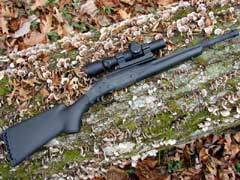
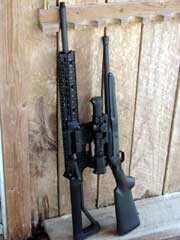
AAC Single-Shot (right) compared to S&W
300 Whisper/300 Blackout AR-15 (left).
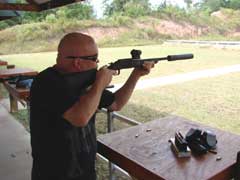
John Hollister of AAC shooting a Single-Shot rifle in
South Carolina.
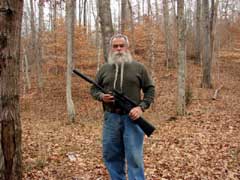

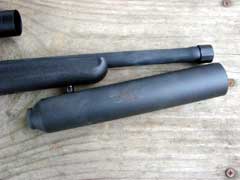
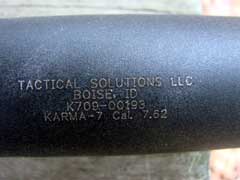
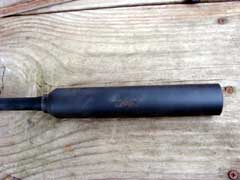
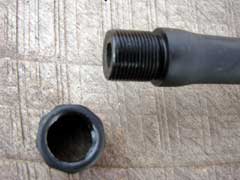
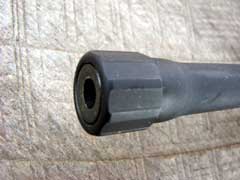
Sound suppressor attaches easily to threaded barrel.
Even with the can attached, the AAC carbine is still light and
handy.
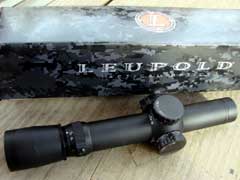
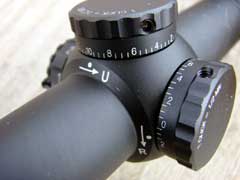
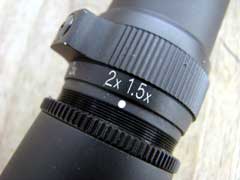
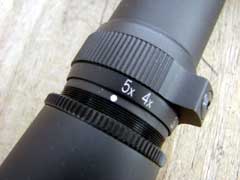
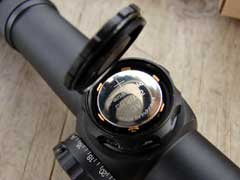
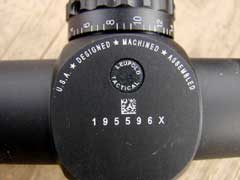
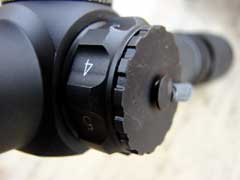

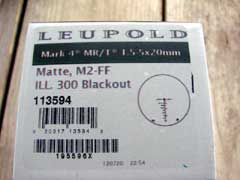
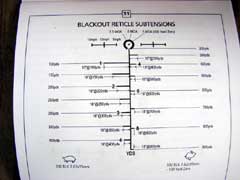
Leupold Mark 4 MR-T Tactical scope with illuminated
300 Blackout reticle.
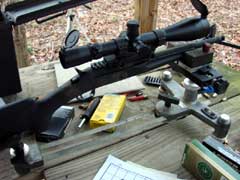
Accuracy was tested from the bench using a Target
Shooting, Inc. Model 1000 rifle rest and Leupold Mark 4
8.5 to 25 power scope.
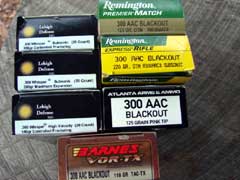
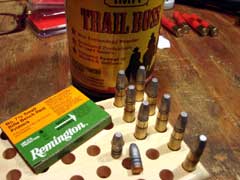
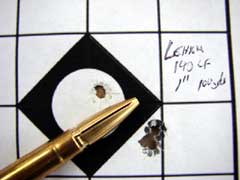
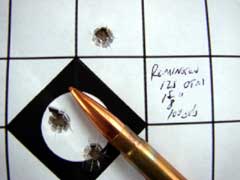
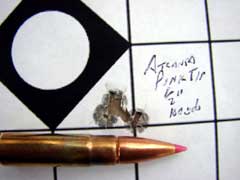
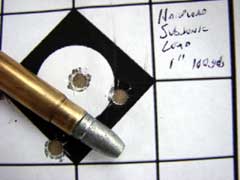
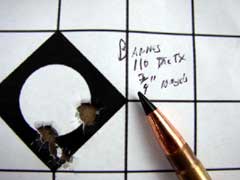
Accuracy was excellent.
|
![]()